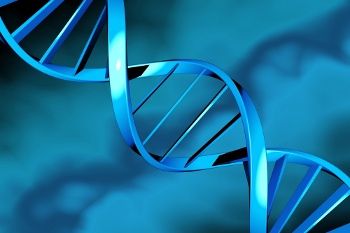Article
Interneuron Levels Provide Clues into Schizophrenia and Bipolar Disorder
Author(s):
Schizophrenia and bipolar disorder patients have similar interneuron levels, which may provide further clues into the pathology of the mental illnesses, according to research published in the April issue of Schizophrenia Research.

Schizophrenia and bipolar disorder patients have similar interneuron levels, which may provide further clues into the pathology of the mental illnesses, according to research published in the April issue of Schizophrenia Research.
In their study, Australian researchers compared the RNA composition of 35 schizophrenia patients, 31 bipolar disorder patients, and 34 healthy patients. By doing so, they discovered distinction in the microRNA (mRNA) interneuron composition of the schizophrenia and bipolar disorder patients compared to the healthy controls.
“Somatostatin mRNA was reduced in schizophrenia and in bipolar disorder dorsolateral prefrontal cortex (DLPFC) relative to healthy controls, (and) vasoactive intestinal peptide (VIP) was reduced 17.8% in schizophrenia subjects compared to controls, and 32.6% in bipolar patients compared to controls,” they found.
Additionally, the researchers observed several other mRNA neuromarker levels across all of the patients, and some of those levels were not identical among the schizophrenia and bipolar patients.
“Calbindin mRNA expression was increased in people with schizophrenia relative to both controls and bipolar subjects, and unchanged between bipolar and control subjects,” they said. In an ad-hoc analysis, the researchers found a “reduction in neuropeptide Y (NPY) mRNA in schizophrenia compared to controls, and reduced NPY mRNA in bipolar disorder relative to controls at the level of significance.”
In light of their findings, the researchers believed that exploring molecular neuropathologies could offer further clues on schizophrenia and bipolar disease.
“An interneuron subtype-specific alteration (increase in calbindin mRNA) in the Diagnostic and Statistical Manual of Mental Disorders, Fourth Edition (DSM-IV)-defined schizophrenia group only demonstrates that there are also unique differences to the interneuron pathology in these major mental illnesses and may indicate the existence of unique ‘biotypes’ within the psychosis spectrum,” they concluded.





